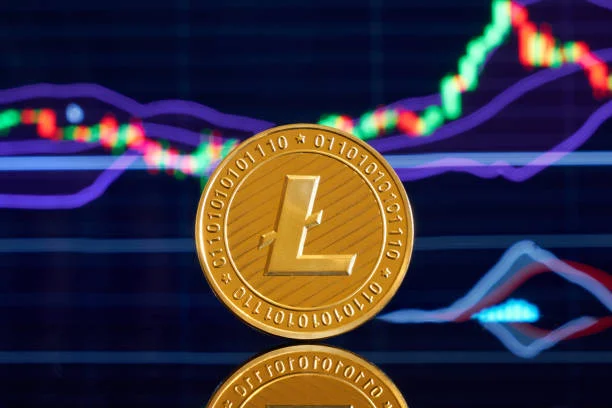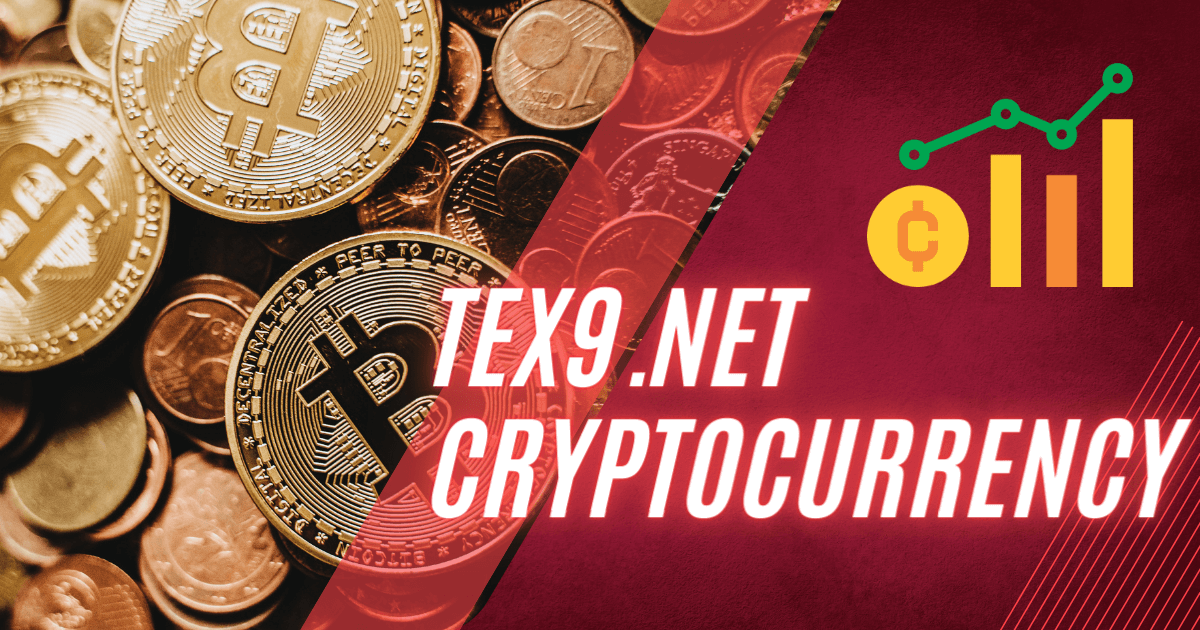Table of Contents
What Is Lite Coin?
Lite coin (LTC) is a peer-to-peer digital currency that was created in 2011 by Charlie Lee, a former Google employee. It is similar to Bitcoin in many ways, but is designed to be faster and cheaper to use. Lite coin uses a different mining algorithm than Bitcoin called Scrypt, which is more memory-intensive and prevents the use of ASICs (Application-Specific Integrated Circuits) for mining, making it more accessible to individuals with consumer-grade hardware.
Lite coin transactions are processed on a decentralized network, which means that there is no central authority controlling the currency. Transactions are verified and recorded on a public ledger called the blockchain, which is maintained by a network of nodes around the world. Lite coin transactions are confirmed more quickly than Bitcoin transactions, typically taking only 2.5 minutes to complete, compared to Bitcoin’s 10 minutes.
Lite coin has gained popularity among cryptocurrency enthusiasts and investors because of its faster transaction times, lower transaction fees, and increased supply compared to Bitcoin. It is also seen as a “silver to Bitcoin’s gold,” meaning that it is often considered a complementary asset to Bitcoin in a diversified cryptocurrency portfolio.
Lite Coin Mining and Mining Pools
Lite coin mining is the process of verifying and adding transactions to the Lite coin blockchain by solving complex mathematical problems using computational power. Miners use specialized software and hardware to mine Lite coin, and they receive a reward in the form of newly minted Lite coin for each block that they add to the blockchain.
Lite coin mining can be done either solo or through a mining pool. Solo mining involves running your own mining hardware and software to mine Lite coin independently. However, solo mining can be quite difficult for individual miners because of the high computational power required to compete with other miners.
Mining pools, on the other hand, are groups of miners who work together to mine Lite coin and share the rewards proportionally to their contributed hash power. By joining a mining pool, individual miners can have a better chance of earning a consistent income from mining Lite coin, as the pool’s collective hash power is significantly higher than that of an individual miner.
To join a Lite coin mining pool, you need to choose a pool that is compatible with your mining hardware and software, and then create an account and configure your mining software to connect to the pool. Some popular Lite coin mining pools include Antpool, F2Pool, and Lite coinpool.org.
Benefits of Investing in Lite Coin
Investing in Litecoin (LTC) can have several benefits, including:
- Potential for growth: Like other cryptocurrencies, Litecoin has the potential for significant growth in value over time. While the cryptocurrency market is volatile and subject to rapid changes, many investors see Litecoin as a promising investment opportunity.
- Diversification: Investing in Litecoin can provide diversification for your investment portfolio. Diversification is important because it spreads your investment risk across different assets and can help to minimize losses in the event of a market downturn.
- Faster transaction times and lower fees: Lite coin transactions are processed faster than Bitcoin transactions, and the fees associated with Lite coin transactions are typically lower. This makes Litecoin a more attractive option for those who want to make quick and affordable transactions.
- Strong development team: Litecoin has a strong development team led by its creator, Charlie Lee. The team is committed to improving the Lite coin network and implementing new features that make the cryptocurrency more useful and accessible to a wider range of users.
- Increasing adoption: Litecoin is increasingly being accepted by merchants and retailers as a form of payment, which could drive up its value over time. As more businesses and individuals adopt Litecoin, its utility and value may increase.
It is important to note that investing in Litecoin, like any investment, carries risks and potential downsides. Before investing in Litecoin or any other cryptocurrency, it is essential to do your research and understand the potential risks involved.
What the Research Says About Lite Coin
There is ongoing research into various aspects of Lite coin, including its underlying technology, market trends, and adoption patterns. Here are some key findings from recent research:
- Comparison with Bitcoin: Several studies have compared Lite coin to Bitcoin, highlighting the differences in their underlying technology, transaction speed, and scalability. Some researchers have concluded that Lite coin has the potential to complement Bitcoin, offering faster transaction times and lower fees.
- Adoption patterns: Research has shown that Lite coin adoption is growing, with an increasing number of merchants and businesses accepting it as a form of payment. However, adoption rates are still lower than those of Bitcoin, and there is room for further growth in this area.
- Market trends: Market analysis has shown that Litecoin is affected by many of the same factors as other cryptocurrencies, including market sentiment, news events, and regulatory changes. Like other cryptocurrencies, Litecoin’s market price can be highly volatile and subject to rapid changes.
- Mining trends: Studies have examined the mining ecosystem of Litecoin, including the distribution of mining power and the impact of mining pool centralization. Some researchers have raised concerns about the potential for mining pool centralization to threaten the decentralization of the Litecoin network.
Overall, research suggests that Litecoin has several unique characteristics that make it an attractive investment opportunity, but investors should be aware of the risks and uncertainties associated with cryptocurrency investments. Ongoing research will continue to shed light on the various aspects of Litecoin and its place in the wider cryptocurrency ecosystem.
How to Buy and Sell Lite Coin
Here are the general steps to buy and sell Litecoin:
- Choose a cryptocurrency exchange: To buy or sell Litecoin, you’ll need to find a cryptocurrency exchange that supports it. Some popular exchanges that support Litecoin include Binance, Coinbase, Kraken, and Gemini.
- Create an account: Once you have chosen an exchange, you’ll need to create an account by providing your personal information and verifying your identity. This typically involves providing a government-issued ID, such as a passport or driver’s license, and proof of address.
- Deposit funds: To buy Litecoin, you’ll need to deposit funds into your exchange account. Most exchanges support deposits in fiat currency (such as USD, EUR, or GBP) as well as other cryptocurrencies. You can deposit funds via bank transfer, credit card, or other payment methods supported by the exchange.
- Buy Litecoin: Once you have deposited funds into your exchange account, you can buy Litecoin by placing an order on the exchange. You can typically buy Litecoin using fiat currency or another cryptocurrency.
- Store your Litecoin: After buying Litecoin, you’ll need to store it in a secure cryptocurrency wallet. Some exchanges offer their own built-in wallets, but it is generally recommended to use a separate wallet that you control the private keys to.
- Sell Litecoin: To sell Litecoin, you can place a sell order on the exchange and receive funds in fiat currency or another cryptocurrency. Alternatively, you can transfer your Litecoin to another exchange that supports selling Litecoin for fiat currency.
It is important to note that cryptocurrency investments carry risks and should be approached with caution. Before buying or selling Litecoin, it is essential to do your research and understand the potential risks involved.
Storing and Security Tips for Lite Coin Owners
If you own Litecoin or any other cryptocurrency, it is crucial to take steps to store and secure your assets properly. Here are some tips to help keep your Litecoin secure:
- Use a hardware wallet: A hardware wallet is a physical device that stores your cryptocurrency offline. It is considered one of the most secure ways to store your Litecoin. Some popular hardware wallets that support Litecoin include Ledger and Trezor.
- Use a software wallet: A software wallet is a digital wallet that you can install on your computer or mobile device. It is less secure than a hardware wallet, but it is still a viable option for storing smaller amounts of Litecoin. Some popular software wallets that support Litecoin include Exodus and Atomic Wallet.
- Use two-factor authentication: Two-factor authentication adds an extra layer of security to your account by requiring a second form of verification, such as a text message or an authentication app. Most cryptocurrency exchanges and wallets offer this feature, and it is recommended to enable it for your account.
- Keep your private keys secure: Your private key is what gives you ownership and control over your Litecoin. It is essential to keep your private key secure and never share it with anyone. Hardware wallets and some software wallets allow you to store your private keys offline.
- Be cautious of phishing scams: Phishing scams are common in the cryptocurrency space, where scammers will try to trick you into revealing your login credentials or private keys. Always verify the authenticity of any emails or messages that you receive and never click on links or download attachments from unknown sources.
- Regularly update your software: Keeping your software up-to-date is essential for maintaining the security of your devices and wallets. Make sure to regularly update your wallet software and any other software that you use to interact with your Litecoin.
By following these tips, you can help to keep your Litecoin and other cryptocurrency assets secure.
Conclusion
In conclusion, Litecoin is a popular cryptocurrency that offers several unique benefits, including faster transaction times and lower fees compared to Bitcoin. It has gained increasing adoption in recent years, and there is ongoing research into its underlying technology, market trends, and adoption patterns. If you are interested in investing in Litecoin, it is essential to do your research and take steps to store and secure your assets properly. By following best practices for cryptocurrency security, you can help to minimize the risks and potential pitfalls of investing in Litecoin and other cryptocurrencies.




